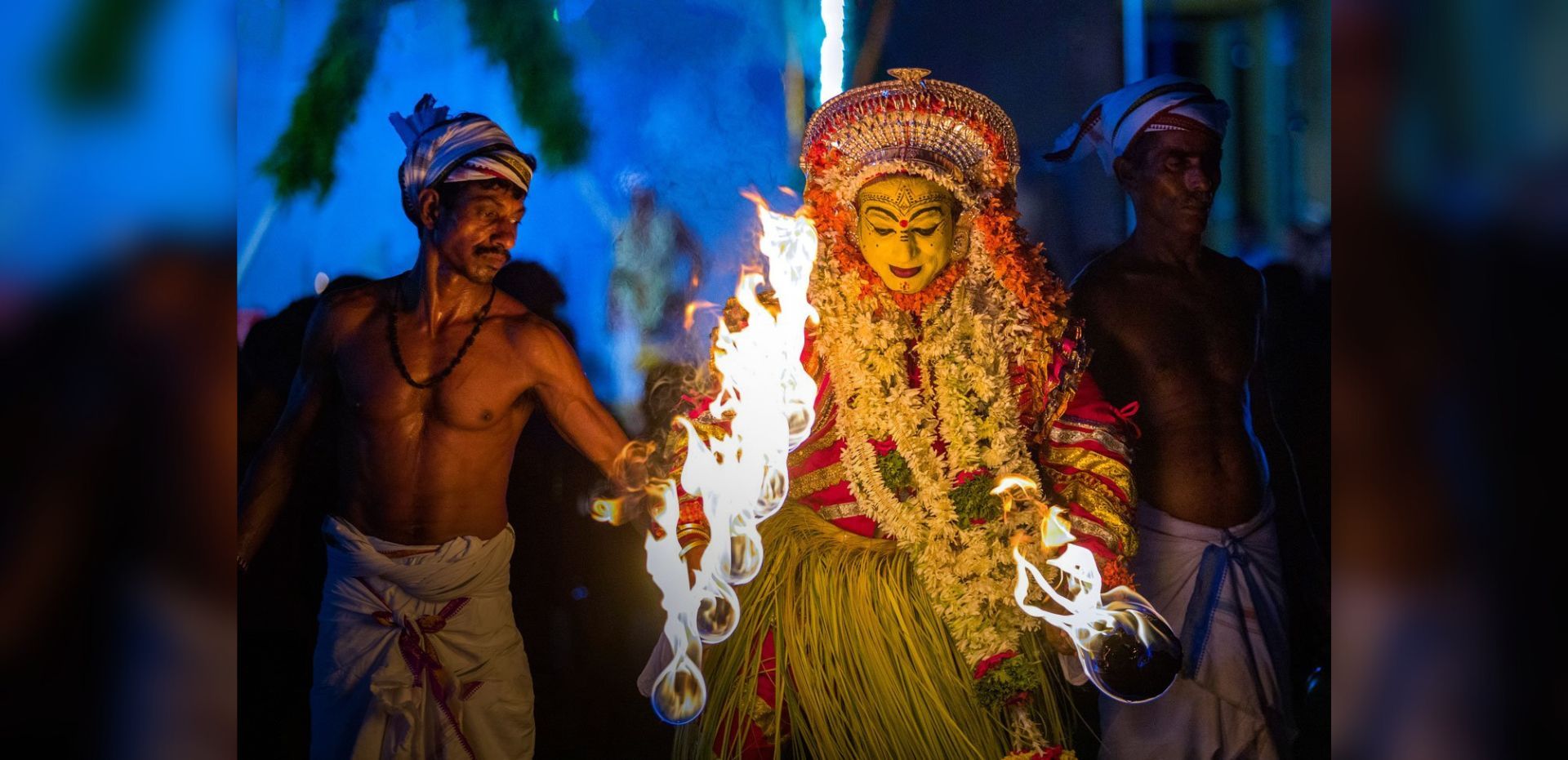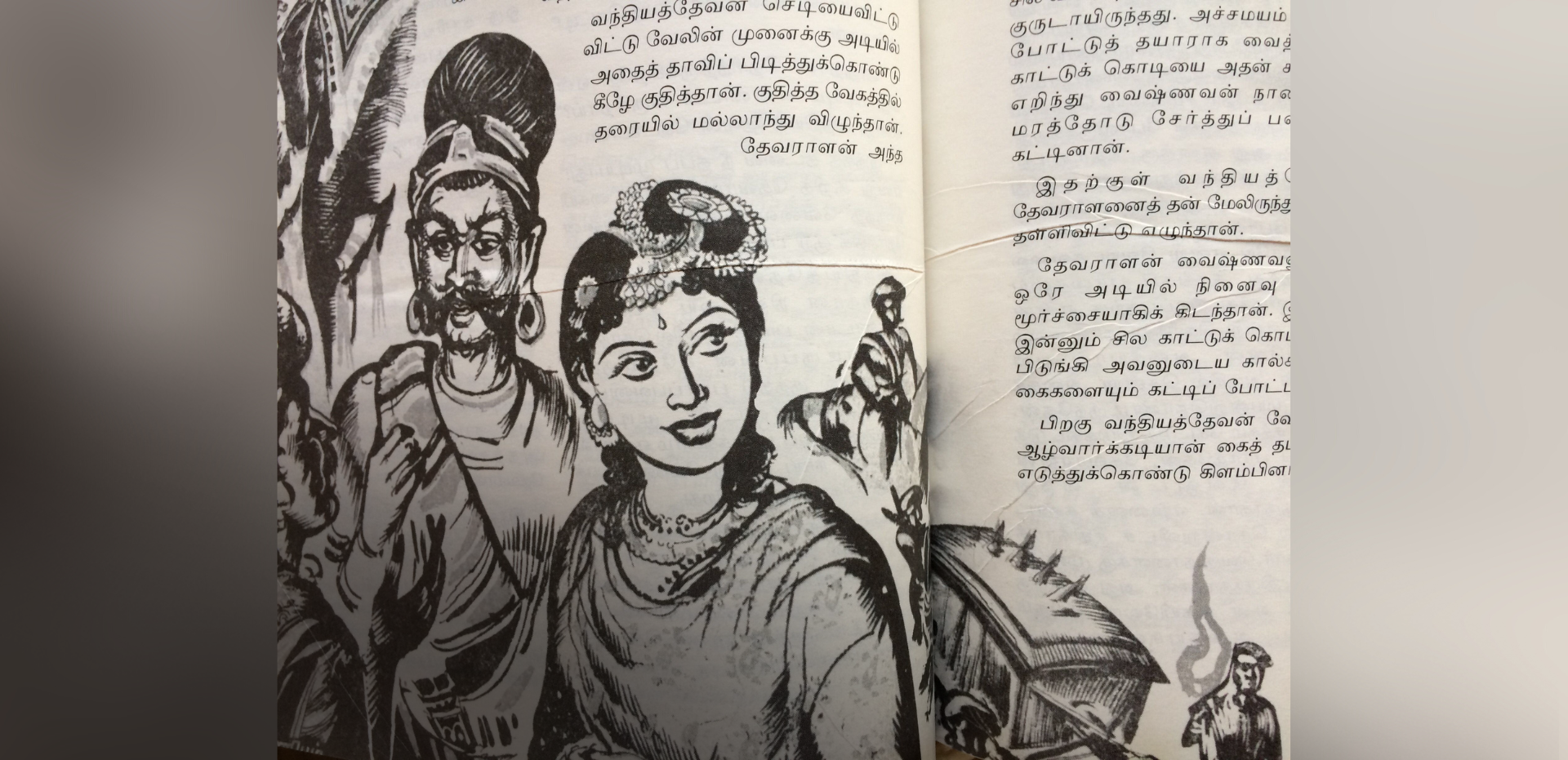SBI: How India got its Banker
BOOKMARK
Its tag line calls it ‘the banker to every Indian’ but the State Bank of India (SBI) wasn’t always that. #DidYouKnow that SBI started life as the central bank in British-India?
Before that, it was known as the Imperial Bank of India, created on 27th January 1931 by merging three Presidency banks - the banks of Bengal, Bombay and Madras. It was the last of many attempts by the British to establish a central bank in India.
In the 18th century, when the British East India Company began thriving in India, there was no uniform measure of value. The gold and silver coins that existed differed in denomination and intrinsic value throughout the subcontinent.
The first step was the setting up of the General Bank of Bengal and Behar in 1773, to standardize the rupee, facilitate revenue collection for the government, and render foreign remittance services to private merchants. The experiment crashed in 2 years.
When the demand for uniform coinage arose in 1806, the silver rupee was officially accepted by the EIC as the standard unit of currency and, in 1861, the Paper Currency Act vested the sole right to issue notes with the government.
Then, in 1913, renowned economist John Maynard Keynes argued in his landmark paper 'Indian Currency And Finance' for the need for an 'Imperial Bank of India', where the three Presidency banks would be merged to handle India's commercial and central banking.
Its establishment was delayed due to World War I (1914-1919). After the war, there was increased pressure for a central bank, especially from The International Financial Conference, which intended to reset the global economic order.
Thus, by 1921, the Imperial Bank of India was set up, where through a Royal Charter, it was appointed as the sole banker to the government. It was entrusted with the treasury balances.
It was also a banker's bank, where most of the leading banks in India deposited a portion of their cash balance with it. The next five years saw 100 new branches being opened nationwide.
But as central banking became more complex and it needed to be kept separate from commercial banking to avoid a conflict of interest, the Reserve Bank of India was established in 1935 to take over central banking functions whereas the Imperial Bank resumed its commercial activities.
When India became independent in 1947, the government nationalised the Imperial Bank of India in 1955, and renamed it the State Bank of India. Today, it is the largest Indian bank.
If you enjoyed this article, you will love LHI Circle - your Digital Gateway to the Best of India's history and heritage. You can enjoy our virtual tours to the must-see sites across India, meet leading historians and best-selling authors, and enjoy tours of the top museums across the world. Join LHI Circle here
























